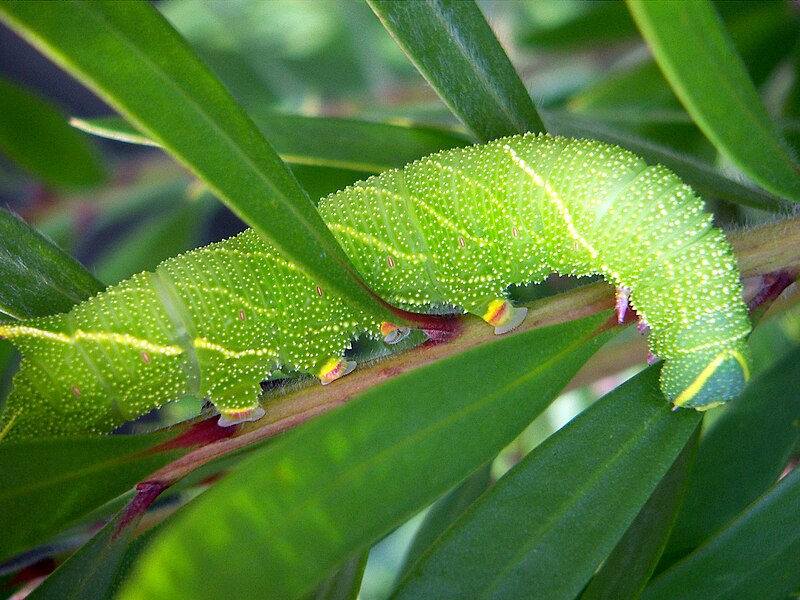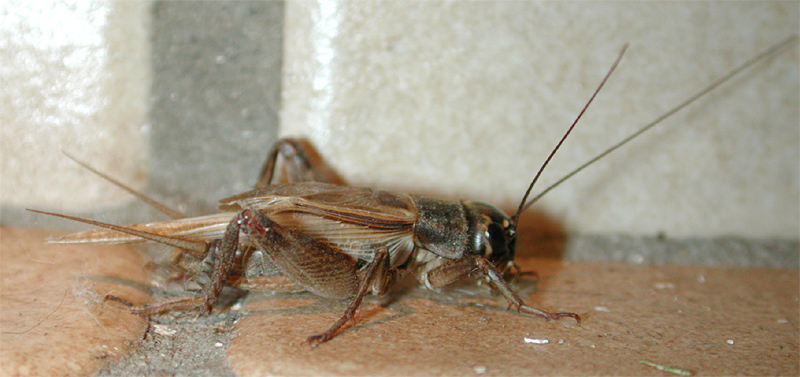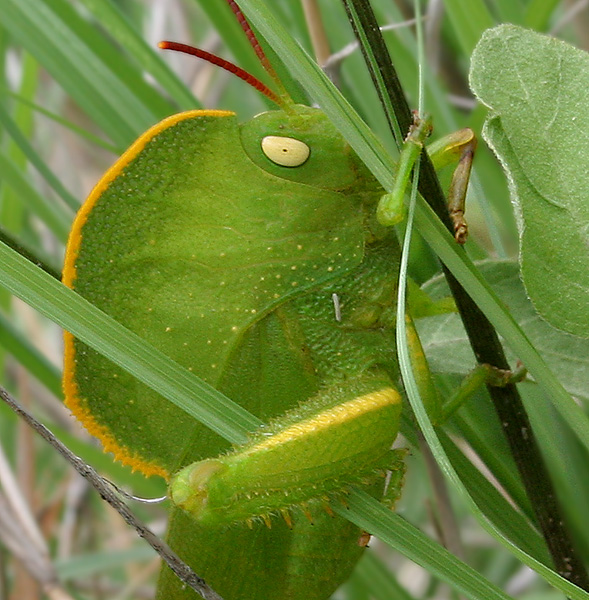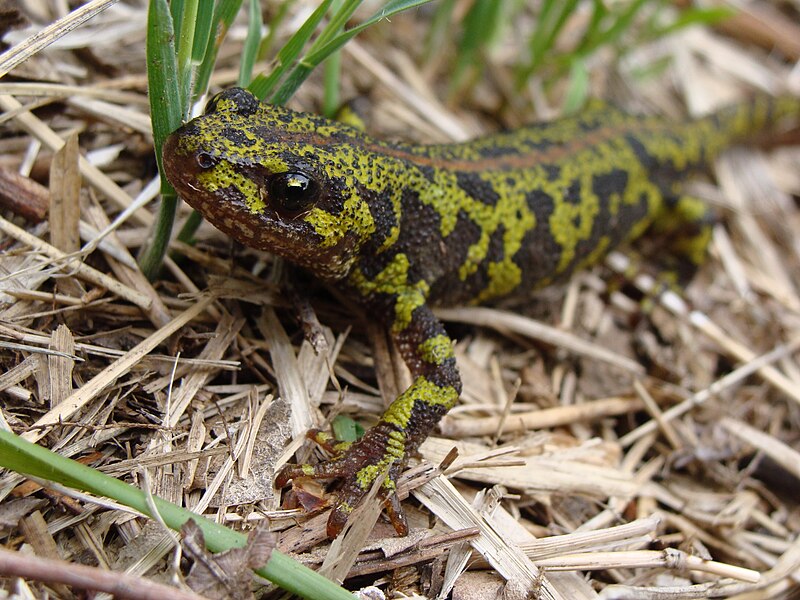 I’ve covered a number of less-commonly kept food animals in this care guide, along with pet trade staples. Please consider as many as you can, as dietary variety is critical to the health of most pets. The extra effort on your part will be very worthwhile…novel foods also inspire enthusiastic feeding responses, and may even stimulate reproduction.
I’ve covered a number of less-commonly kept food animals in this care guide, along with pet trade staples. Please consider as many as you can, as dietary variety is critical to the health of most pets. The extra effort on your part will be very worthwhile…novel foods also inspire enthusiastic feeding responses, and may even stimulate reproduction.
There is an endless supply of useful live foods, so please post your ideas and observations.
Earthworms, Red Wigglers, Nightcrawlers (Lumbricus terrestris, others)
I’d like to see earthworms replace crickets as dietary staples for those species that accept them. Highly nutritious, they are readily taken by most amphibians and turtles, some lizards, insectivorous snakes, and tarantulas. Most reproduce rapidly when kept in a screen-covered plastic container with alternating layers of dead leaves and moist topsoil; they can also be stored under refrigeration. Keep earthworms at 70 F or below if possible (certain species tolerate warmer temperatures). Read More »
 That Reptile Blog – Reptile, Amphibian and Exotic Pet Care and Information
That Reptile Blog – Reptile, Amphibian and Exotic Pet Care and Information




